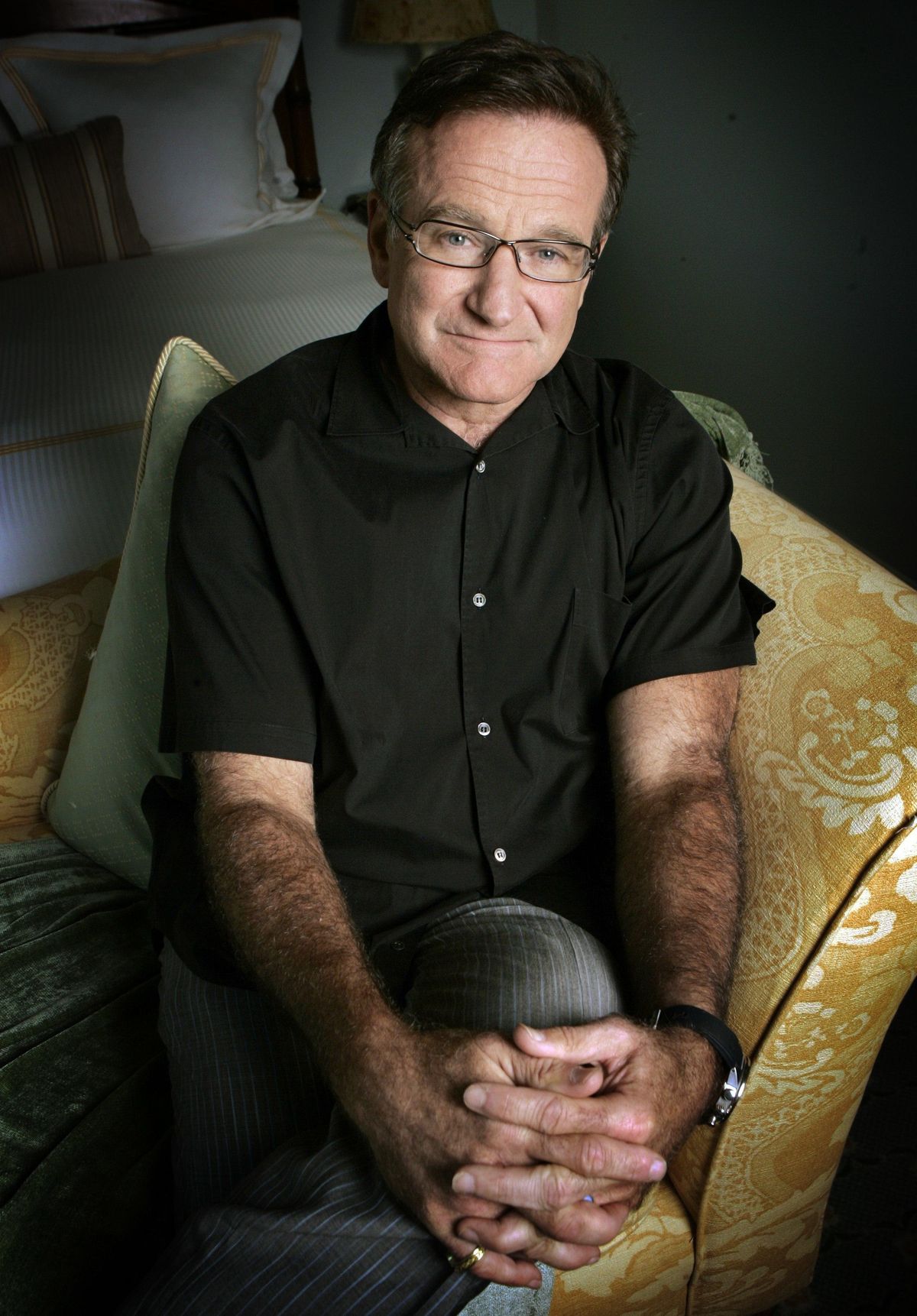Getting in on the joke: CNN’s ‘History of Comedy’ is a laughing, learning matter

NEW YORK – One of the great things about comedy is it demands so little effort to enjoy. Grins and guffaws can seem to issue directly from a tickled funny bone.
On the other hand, prolonged analysis of humor can kill the joke.
But not always, as CNN demonstrates with “The History of Comedy,” a docuseries that keeps the funny in the fundamentals of the comedy it probes.
Including among its executive producers Sean Hayes (“Will & Grace”), the series’ eight weekly hours burst with information as well as laughter. It’s like a college course, if college weren’t just smart but also really funny.
The series starts with a bang Thursday at 7 p.m. with “F—-ing Funny” (it’s CNN blanking out those three letters), an episode that gets a little naughty.
Yes, George Carlin and Lenny Bruce get much-deserved credit as the episode traces the evolution of risque humor and recalls the risks and retribution that plagued the groundbreaking humorists who flouted social standards in the name of free speech.
They were going for more than giggles.
“I’m searching for an answer,” says Bruce, the oft-oppressed, oft-jailed shock comic – “as Billy Graham is.”
Much of Bruce’s act a half-century ago was thought to break the rules. But on the contrary, his mission was to change them.
“ ‘Off limits’ is not a permanent address,” notes comic Patton Oswalt. “It’s just a marker. It keeps getting moved.”
Living up to its billing as history, this hour reaches all the way back to the early 1900s to recall the parallel emergence of vaudeville and burlesque – and explain the difference. (Among its store of fun facts is the origin of the term “blue” as a synonym for vulgar or racy. Watch and learn.)
Future episodes look at political humor, topical comedy, comedy in race and culture, and comedy gleaned from everyday life.
Yet another episode shines a light on the dark side of comedy, citing examples of the personal cost of being funny that include Robin Williams and Andy Kaufman.
The episode on women in comedy celebrates the distaff drollery of Phyllis Diller, Moms Mabley and Joan Rivers. But it also remembers their largely forgotten sister pioneer Jean Carroll, who enjoyed fame as a standup in the 1950s.
Yet another episode focuses on parody and satire, and explores the often overlooked difference.
“Satire is making fun of the powerful,” explains Harry Shearer.
“There’s only one way to get even,” adds Mel Brooks, one of whose career-long targets has been Adolf Hitler. “You have to bring them down with ridicule.”
The series hears from legions of such reliable sources also including Judd Apatow, Sarah Silverman, Sen. Al Franken (a former “Saturday Night Live” regular), the legendary Carl Reiner, Samantha Bee, Jimmy Kimmel, George Lopez, Keegan-Michael Key, Conan O’Brien and Dick Cavett.
These voices propel each themed episode, helping give each an instructive heft.
Meanwhile, the fun and the funny are served up in a feast of clips, some delightfully familiar, others wonderfully obscure.
Moments from “I Love Lucy” and “Airplane!” are included. But equally valuable is fuzzy studio footage from a long-ago broadcast of “The National Lampoon Radio Hour” with such baby-faced stars-to-be as Gilda Radner, Bill Murray and John Belushi. “The History of Comedy” has clearly raided some rich comedy archives.
According to Hayes, the mission for the series is to explore “where comedy comes from and why, and raise questions about comedy you may not realize you have. But it was also very important to be funny.”
Comedy – easily dismissed as a monolithic force – is actually vast in its scope: “It was an overwhelming net to cast,” said Hayes, who, daring to look ahead, added hopefully, “We could see doing many more seasons.”
Hayes will get back to being funny on NBC next season in 10 reunion episodes of “Will & Grace,” which originally aired on that network from 1998 to 2006.
He had no details to share about this eagerly awaited revival. But, indulging in some comic history of his own, he recounted his high school days in Chicago when he hit upon a very useful skill.
“I used to open my backpack and then trip on purpose, and my books would go flying down the hall. That would make half the kids laugh. It would also make half the kids hate me, cause THEY didn’t think it was funny.
“I still find myself in that position today,” he cracked.